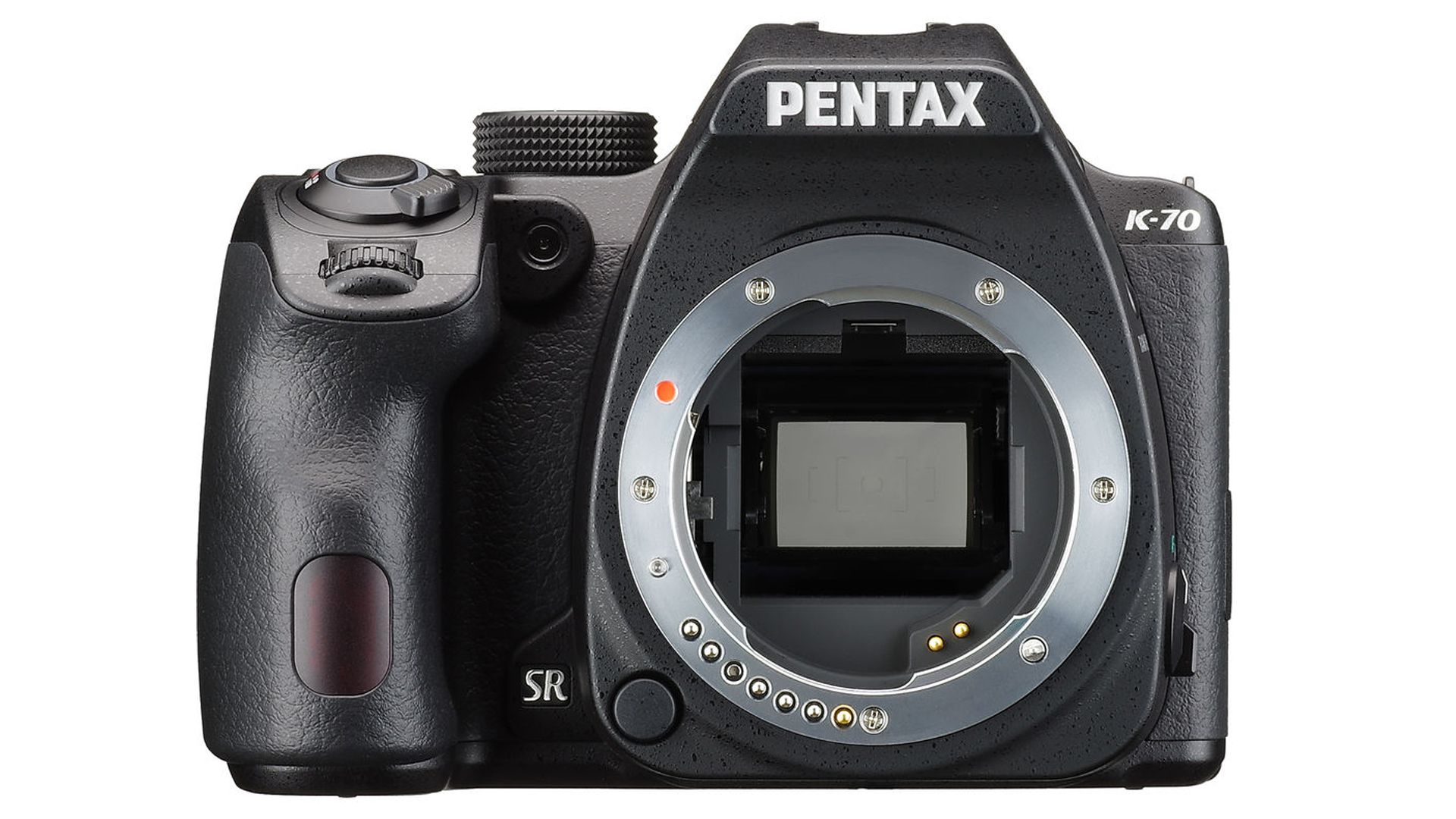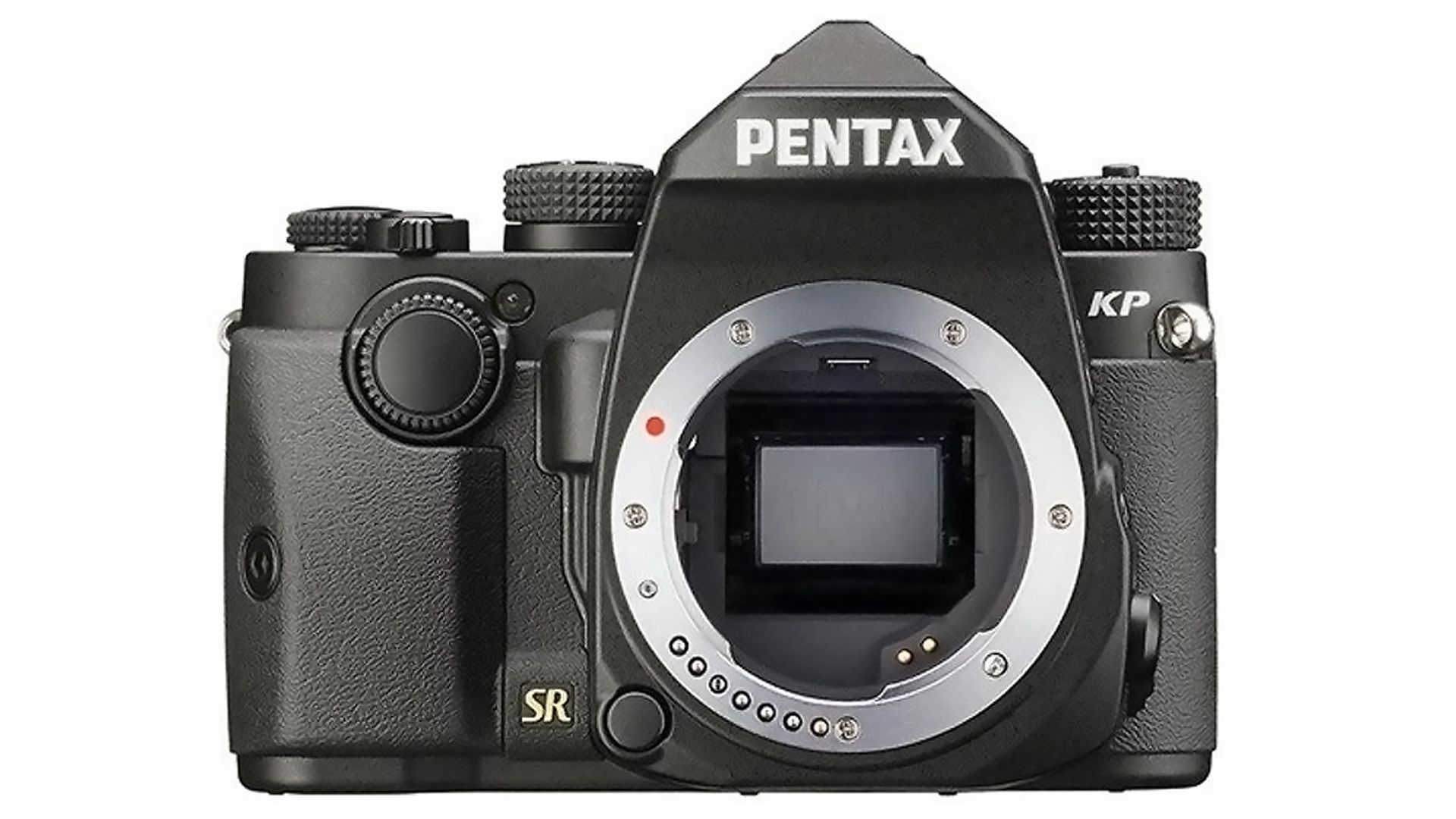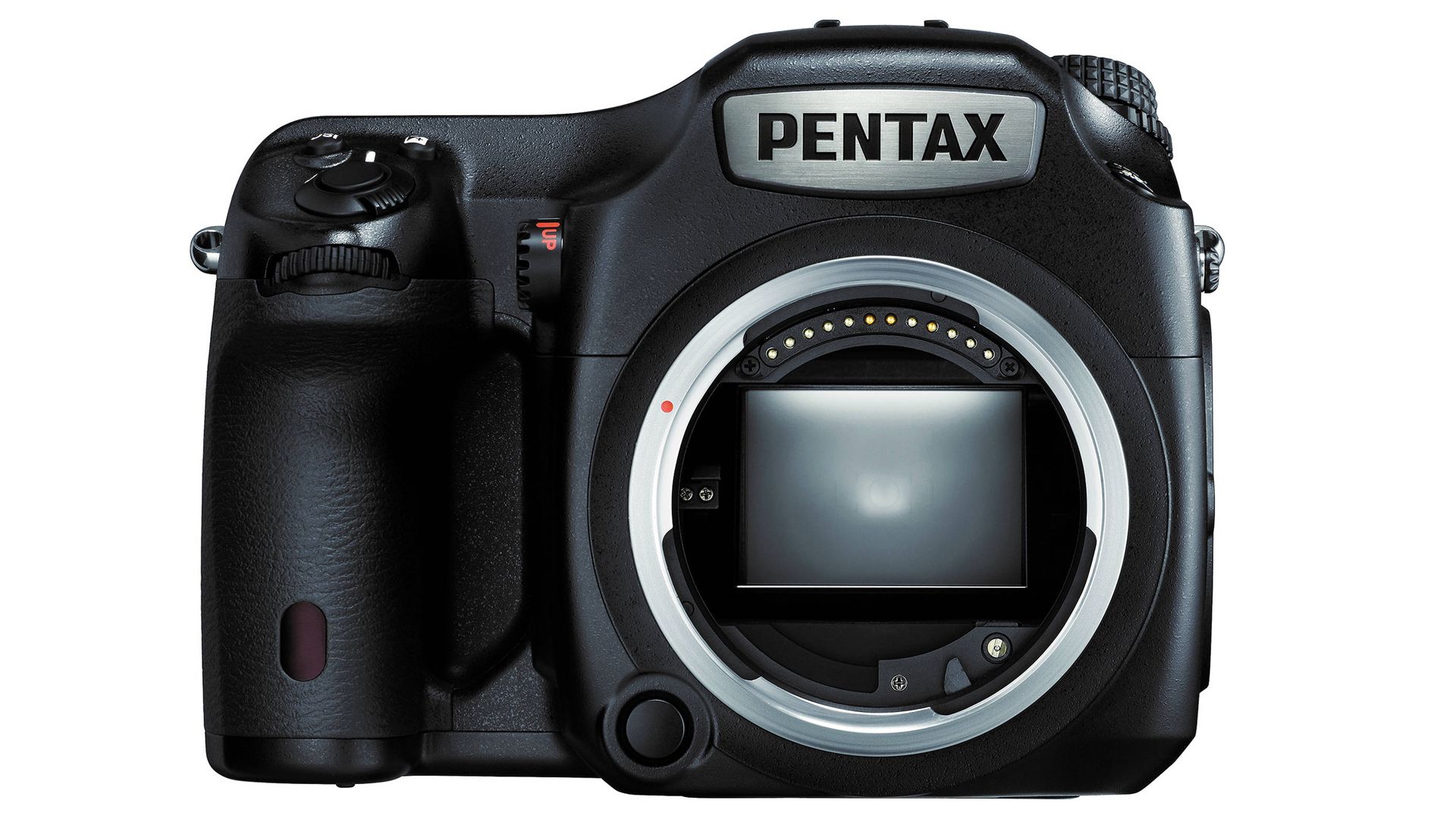What Is A DSLR Camera?
If you are starting to get into cameras and photography, you likely have heard about DSLR cameras. While you may know that these cameras have a good reputation, you may not have any idea what they are or what DSLR means.
Don’t worry though - plenty of people who love photography know very little about these cameras or how they work. So, you aren’t alone. Below, we’ll explore what the phrase ‘DSLR' means and everything you need to know about them.
What Is a DSLR Camera?
DSLR means Digital Single-Lens Reflex. To better understand this, it is helpful to examine each part of this name:
Digital:
This means that the camera uses a digital light sensor to capture images rather than film. It also means that the photos are stored in digital memory.Single-Lens:
These cameras use a single lens to frame, focus and take the photograph. Some other types of cameras may use multiple lenses. However, single-lens setups offer some great practical benefits (more about that below).Reflex:
This means that the camera has a mirror that directs the light toward the viewfinder. This helps to give you a great view of the scene through your camera. When you take a photo, the mirror flips up to allow the sensor to capture all the light from the lens.
For a long time, SLR cameras were viewed as some of the best and most practical cameras on the market. DSLR cameras are simply an update of those cameras but using a digital sensor instead of film.
You can still find and use film-based SLR cameras, but they are less popular due to advancements in digital photography.

How Does a DSLR Camera Work?
The photo-taking functionality of a DSLR camera is surprisingly simple. There are two major parts of the camera: the lens and the body of the camera.
The lens focuses light so that it is pointed at a digital image sensor. When you take a photo, the image sensor reads the light that is hitting it and converts that information into a digital photo.
Interestingly, when the light reaches the sensor, it is upside down. However, the camera’s built-in software corrects this automatically.
So, what about the mirror and reflex?
As described above, there is a mirror in the camera body. It directs light up to the viewfinder so that you can see the image reaching the lens. This sits between the lens and the sensor. It flips up quickly when the image is captured.
Many DSLR cameras have more advanced setups that include features like autofocus sensors. However, the above basics should help you understand what is happening inside the camera.

What Makes A DSLR Camera Good?
DSLR cameras stand out from other options because of their construction. They manage to combine excellent image quality, a fast image-capture process and a very flexible setup.
The separate lens and body mean that you can swap lenses to significantly change the photo you take. This can mean capturing a wide-angle shot, a distant shot with optical zoom or many other possibilities depending on which lens you pick.
Furthermore, SLR action is fast. The view you see in the viewfinder is a very accurate representation of the shot you will take with zero latency.
It is also helpful that DSLRs are very popular among photographers. So, there are a lot of options available including lenses and accessories. You can also find a lot of information to help you learn about photography.

Advantages of DSLR Cameras
The advantages and disadvantages of a DSLR camera depend on what you compare it to. Here, we will compare it against point-and-shoot cameras, a more basic type of digital camera.
Additionally, we’ll examine some benefits versus a mirrorless camera, a type of digital camera that combines the benefits of point-and-shoot cameras and DSLRs.
Here are some of the main advantages of DSLR cameras:
Lenses:
DSLRs can use removable lenses, unlike a point-and-shoot camera. This offers significantly more flexibility because you can change how the camera focuses light. Lenses may offer extra zoom, a wider angle, better low-light performance and more. Mirrorless cameras can also use swappable lenses.Optical Viewfinder:
With the mirror, you see the actual light coming through the lens in the viewfinder rather than an LCD screen (although most DSLRs also have screens). This means there is no latency, which is helpful when capturing fast shots.Battery Life:
DSLRs use surprisingly little battery, especially when not using the LCD screen to view the image. They also have swappable batteries in most cases.Popularity:
There is a lot to be said for just how many accessories there are for DSLRs. The most popular models of these cameras have hundreds of lens options, for example. Mirrorless cameras are slowly catching up but don’t enjoy the same support yet.

Disadvantages of DSLR Cameras
Of course, they are not without their drawbacks. Compared to point-and-shoot and mirrorless cameras, there are a few reasons to ditch the DSLR:
Different Viewfinder Image:
The optical viewfinder has some benefits, but it is always a different image than the sensor is capturing (even if only slightly). In some cases, this means capturing a different shot than you expected.Weight:
DSLRs are big and relatively heavy due to their mirror setup. Both point-and-shoot and mirrorless cameras come in much smaller packages.Seperate Autofocus:
That wonderful autofocus sensor can cause some issues in some cases. Although it is fast, it can get misaligned with the main sensor, leading to poor focus. This is uncommon and is generally easy to correct, but it can happen and cause issues. Mirrorless cameras focus directly on the sensor, so lens calibration is of significantly less concern.
Examples of DSLR Cameras
To get started, here are some of our most popular DSLR cameras:
C.R. Kennedy is one of Australia’s leading distributors of cameras and photographic equipment. We offer a wide range of DSLR , mirrorless, full-frame and action cameras.
If you need more information on cameras and other camera accessories, check out more articles on the C.R. Kennedy blog.

